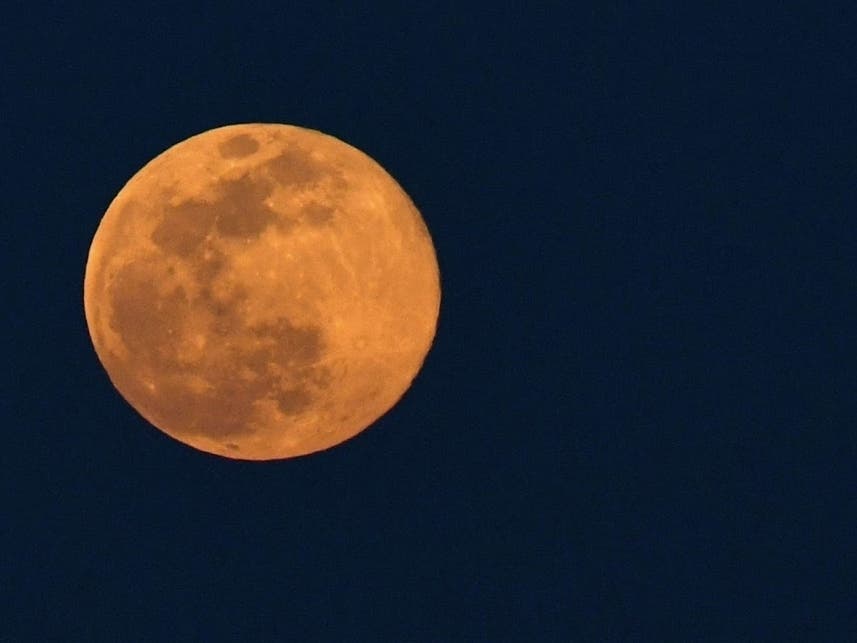Weather
Full Pink Supermoon: When And How To See It Over Connecticut
April's full pink moon is the first of three consecutive supermoons that will shine big and bright over Connecticut.

CONNECTICUT — There's some good news and bad news about the full pink supermoon that will rise over Connecticut late Monday evening.
The bad news first, because there's just a sliver of it: The moon won't be pink (more about that later). Come to think of it, that may make the news of the full pink supermoon nothing but good — weather dependent, of course.
The National Weather Service is forecasting 7:20 for Monday evening when the moon rises, and it should reach perigee (more about that later, too) at around 11:30 p.m.
Find out what's happening in Ridgefieldwith free, real-time updates from Patch.
Most commercial calendars based on Greenwich Mean Time, or GMT, show the full moon occurring on Tuesday, April 27, according to NASA. But either way, it’s going to be big and bright from Sunday night through Wednesday morning.
The April 26 full moon is the first of three consecutive supermoons. The full moons on May 26 and June 24 are also so classified.
Find out what's happening in Ridgefieldwith free, real-time updates from Patch.
Supermoons are not really bigger and brighter, though. And no small amount of debate surrounds the question of whether supermoons are even a real thing.
The term was coined in pre-internet 1979 by astrologer Richard Nolle to describe new and full moons that occur when the orb is within 90 percent of perigee — in lay terms, at its closest approach to Earth in the elliptical orbit.
The closeness to Earth — keep in mind, our planet and moon are still 226,000 miles apart at this point — makes the moon appear about 30 percent brighter and 14 percent larger than when the moon is at its farthest point from our planet, called apogee.
The supermoon effect is an illusion, or trick of the eye. The moon can make for slightly stronger tides, and they’ll look super under the light of a silvery moon, but that happens with every full moon.
The term caught on in the digital age. Depending on how Nolle's definition is interpreted, there are between two and four consecutive supermoons a year.
The disagreement about this supermoon centers on what happened in March. A sprinkling of publications said the string of consecutive supermoons started in March, though NASA says only the full moons in April through June qualify under Nolle’s definition.
And since he coined the term, we’ll give him the last word on it.
The April full moon is known by other names, but most often is referred to as the "full pink moon."
Why?
Go back to the 1930s, when the Maine Farmers’ Almanac began assigning American Indian names to full moons for each month of the year. April's full moon is called the full pink moon after the color of creeping pink phlox that blooms this time of year.
Also in the sky this month: The Eta Aquariids meteor shower runs from April 27 to May 28, peaking May 4-6 with anywhere from 10 to 20 meteors an hour. The Eta Aquariid meteors are swift and produce a high percentage of persistent trains but few fireballs.
Get more local news delivered straight to your inbox. Sign up for free Patch newsletters and alerts.